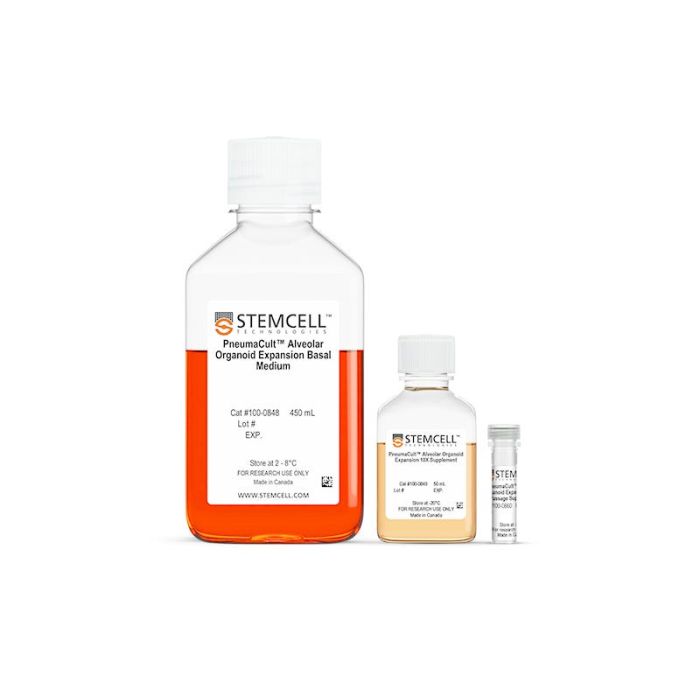产品号 #100-0847_C
人肺泡类器官扩增和分化的细胞培养基
人肺泡类器官扩增和分化的细胞培养基
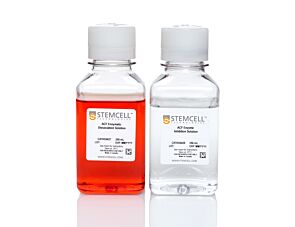
Dissociation kit for human stem and progenitor cells
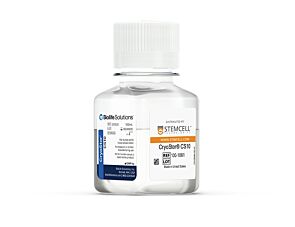
Animal component-free, defined cryopreservation medium with 10% DMSO
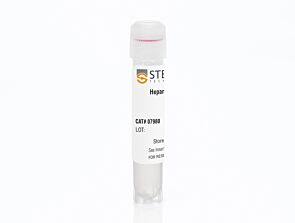
Cell culture supplement
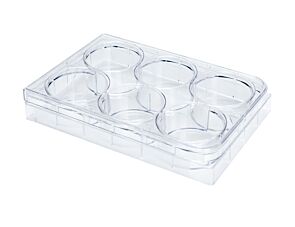
Sterile flat-bottom, non-treated multiwell plate with lid; 6-, 12-, 24-, 48-, or 96-well formats
Compatible antibodies for purity assessment of isolated cells
从人肺泡上皮细胞中生长、扩增和分化类器官。与传统使用的动物模型不同,肺泡类器官模拟体内肺泡的区域特异性,使其非常适合肺泡生物学研究、传染病研究和药物筛选。使用PneumaCult™肺泡类器官培养基,您可以长期有效地传代和扩增人类肺泡上皮II型(ATII)细胞作为类器官,然后进一步将这些ATII类器官分化为肺泡上皮I型(ATI)细胞,用于下游应用。
使用PneumaCult™肺泡类器官扩增(AvOE)培养基在10次传代内将ATII细胞扩增10000倍;这种高产量减少了定期寻找供体组织的需要。通过在PneumaCult™AvOE培养基中以单细胞形式冷冻保存类器官,您可以在任何传代时灵活地暂停培养。培养基的三组分、无血清格式最大限度地提高了实验的可重复性,肺泡类器官保持了表明ATII细胞表型的特性,包括自我更新的能力、预期的标记物表达(例如HT2-280和SP-C)以及向ATI细胞分化的谱系潜力。PneumaCult™AvOE Medium也可用于生成肺泡单层以促进本协议中概述的气液界面(ALI)培养。
使用PneumaCult™肺泡类器官分化(AvOD)培养基分化在PneumaCult™AvOE培养基中扩增为类器官的ATII细胞。双组分PneumaCult™AvOD培养基可在短短10天内将ATII类器官培养物分化为ATI细胞,纯度超过85%。分化后的细胞显示ATII标记物表达降低,ATI细胞标记物(RAGE/AGER、HT1-56、GPRC5a)表达强烈上调。
PneumaCult™AvOE和AvOD Media与原代分离的新鲜或冷冻保存的ATII细胞以及高质量的市售肺泡上皮细胞源兼容。
了解更多关于肺类器官培养在我们的学习中心。
Subtype
Specialized Media
Cell Type
Airway Cells, Epithelial Cells
Species
Human
Application
Cell Culture, Differentiation, Expansion, Maintenance, Organoid Culture
Brand
PneumaCult
Area of Interest
Disease Modeling, Drug Discovery and Toxicity Testing, Epithelial Cell Biology, Infectious Diseases, Organoids, Respiratory Research
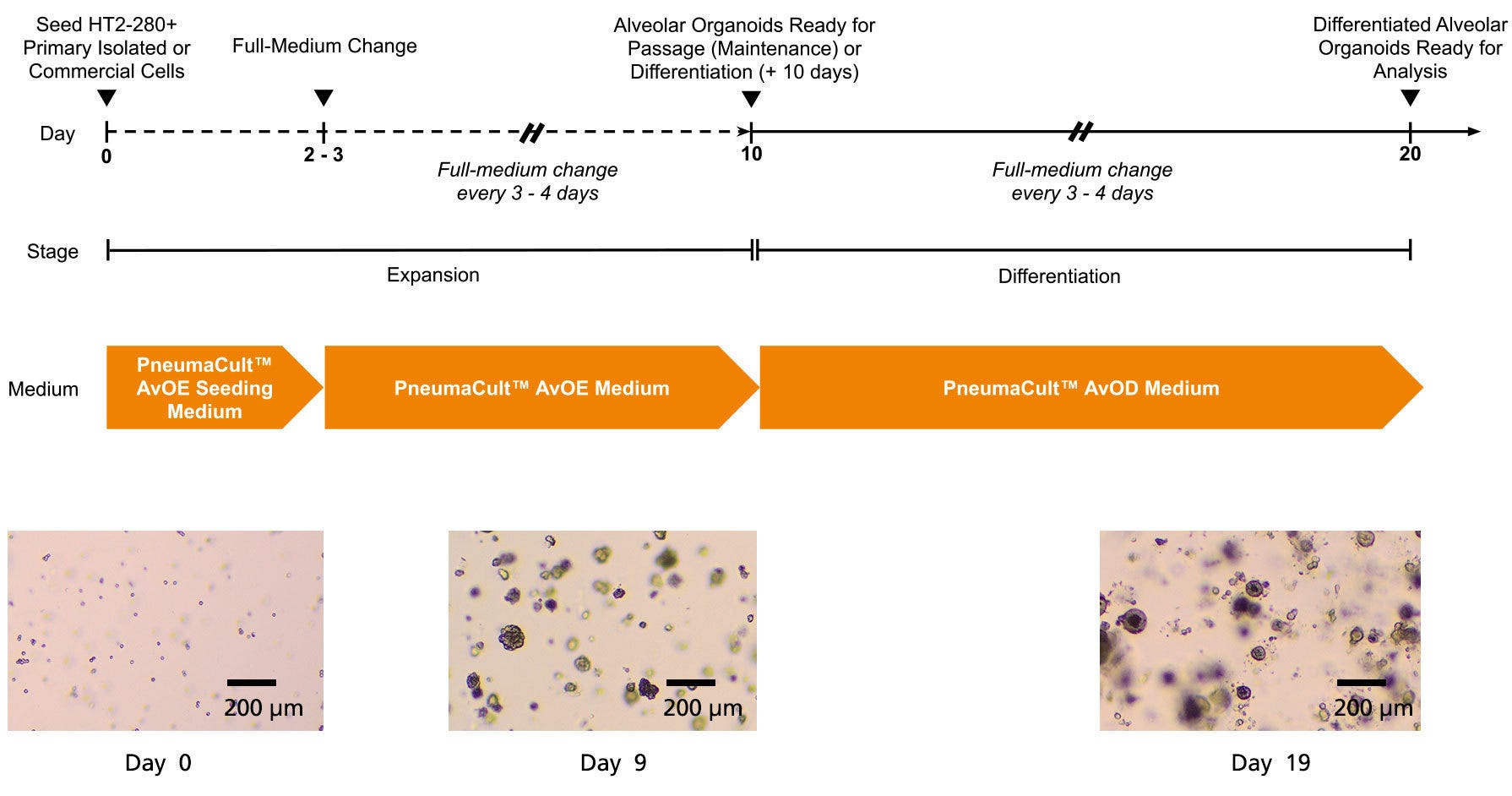
Figure 1. Generation of Alveolar Organoids Using PneumaCult™ Alveolar Organoid Media
The PneumaCult™ Alveolar Organoid Media workflow is a two-stage protocol. During the expansion stage, primary isolated or cryopreserved human ATII single cells are seeded in PneumaCult™ Alveolar Organoid Expansion (AvOE) Seeding Medium. On day 2 - 3, after a full-media change, cultures are expanded using PneumaCult™ AvOE Medium to obtain mature ATII organoids. In the differentiation stage, ATII organoids are cultured for 10 additional days using PneumaCult™ Alveolar Organoid Differentiation (AvOD) Medium to generate ATI organoids.
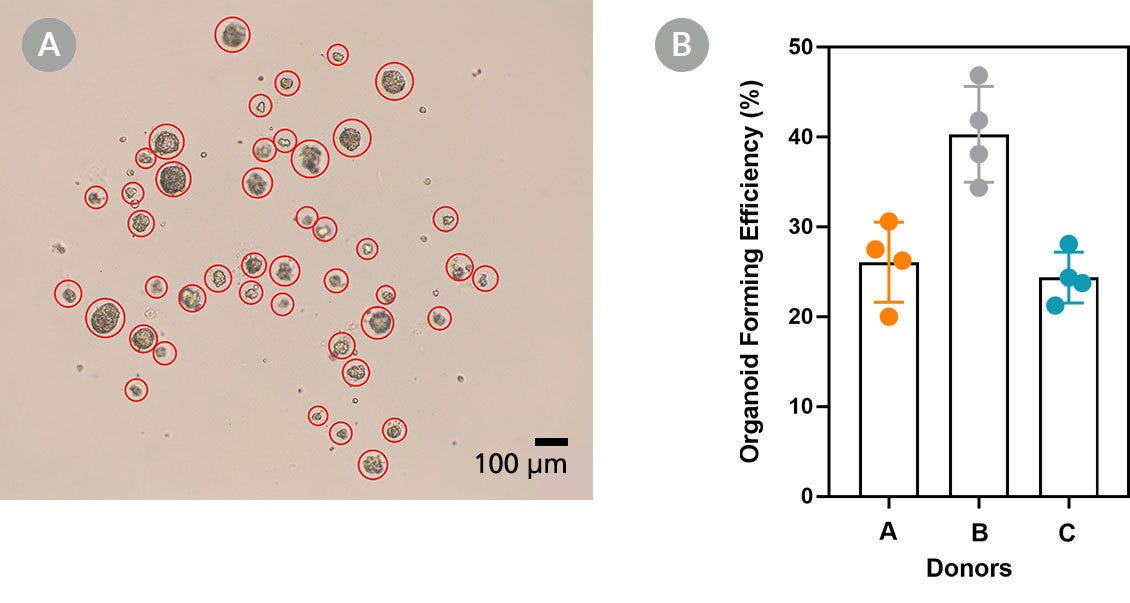
Figure 2. PneumaCult™ Alveolar Organoid Expansion Medium Supports High Organoid Forming Efficiency
Organoid forming efficiency (OFE) serves as a functional measure of the health of an organoid culture and the performance of the media. ATII organoids were expanded in PneumaCult™ AvOE Medium (160 cells seeded per dome). (A) Brightfield image taken at day 9 using a 4X objective. The entire dome was captured in the image, each organoid formed was counted, and indicated (total 44; OFE=27.5%). (B) Bar graph showing OFE of ATII organoid cultures derived from three different donors (means ± SD). OFE = (Organoids Formed/Cells Seeded) x 100%.
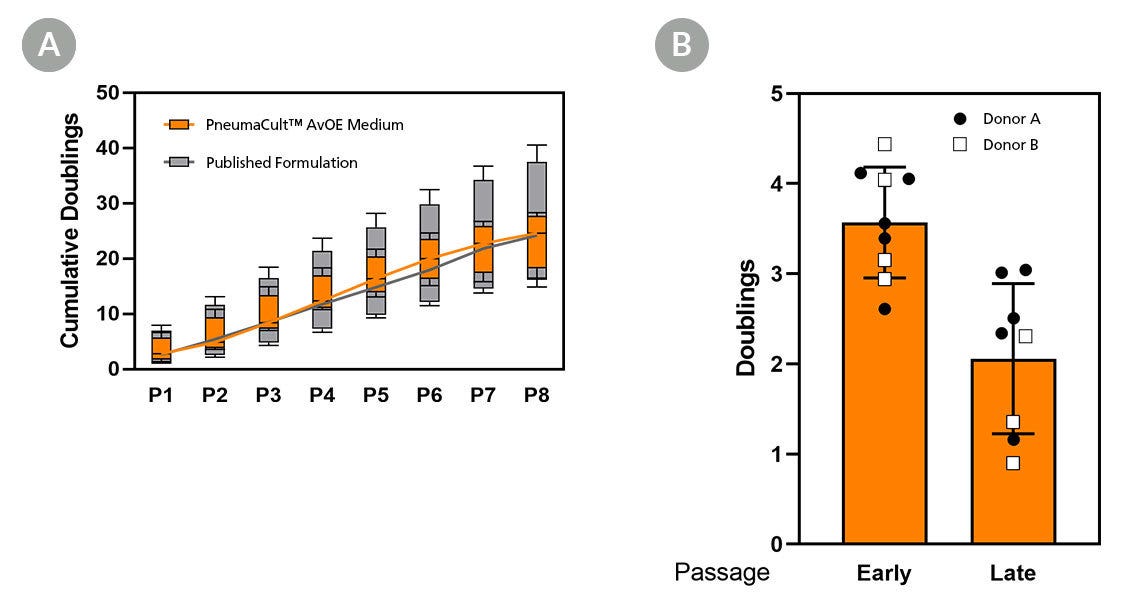
Figure 3. PneumaCult™ AvOE Medium Supports Long-Term Expansion and Cryopreservation For Biobanking
(A) Box and whiskers plot of the cumulative doublings at each passage (n=4 independent donors) for organoids expanded in PneumaCult™ AvOE Medium (orange) and published formulation (gray). The means are connected by a line. Long-term passaging of alveolar organoids and over 10000x fold expansion was achieved by both PneumaCult™ AvOE Medium and published formulation. (B) Bar graph showing population doublings (mean ± SD) of organoids generated from cells previously cryopreserved at early and late passages, and expanded in PneumaCult™ AvOE Medium. The cultured organoids retained their expansion potential after thawing.
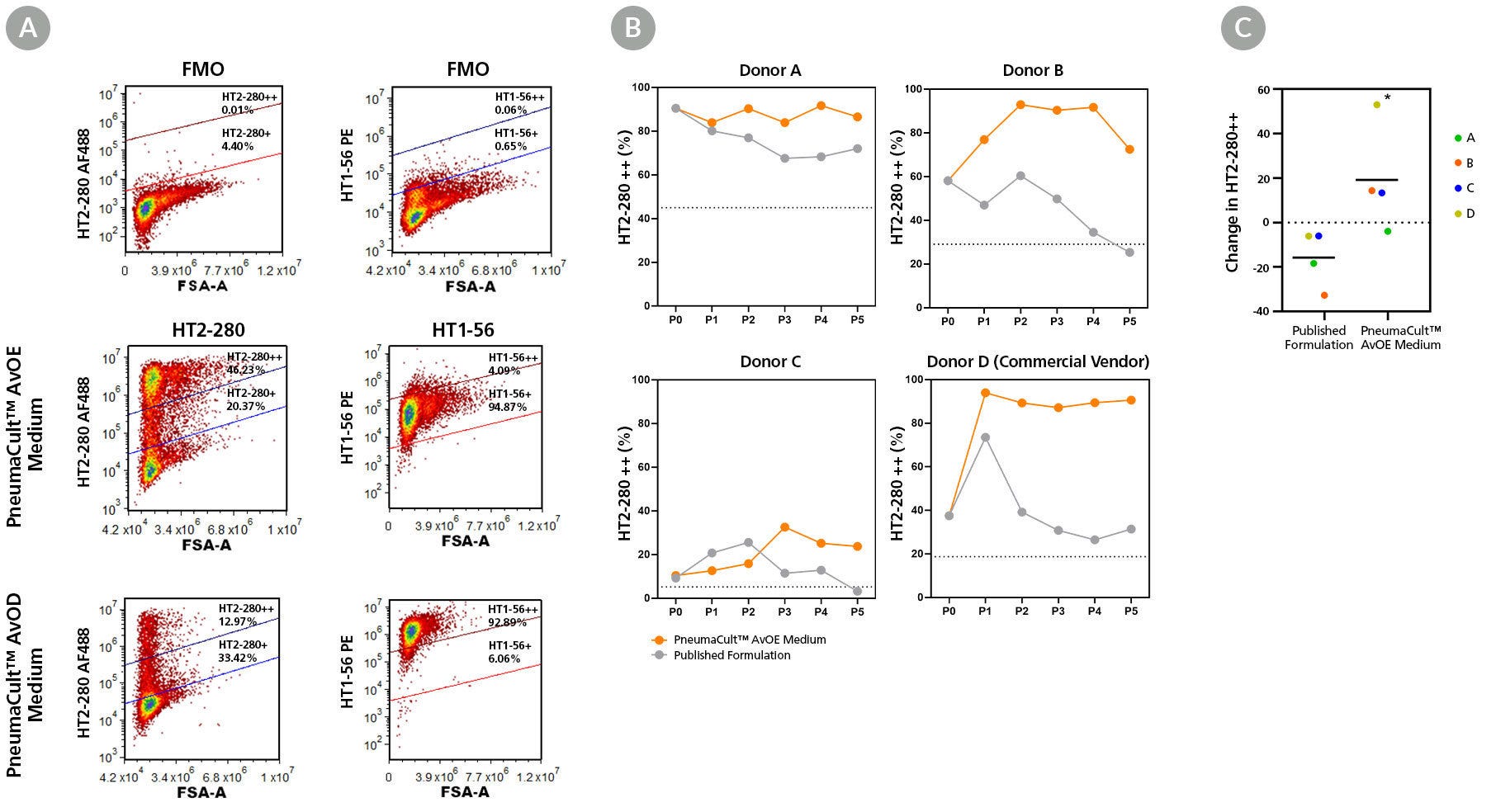
Figure 4. PneumaCult™ Alveolar Organoid Media Maintains High Levels of ATII and ATI Cell Marker Expression
(A) Flow cytometric gating of fluorescence minus one (FMO) controls for HT2-280 and HT1-56 markers (top), stained cells from organoids expanded in PneumaCult™ AvOE Medium (middle), and subsequently differentiated in PneumaCult™ AvOD Medium (bottom). PneumaCult™ AvOE Medium maintains both the ATII marker expression (HT2-280) and lineage potential to differentiate into ATI cells (HT1-56) in PneumaCult™ AvOD Medium. (B) Organoids derived from 4 independent donors, expressing high levels of HT2-280 were cultured in PneumaCult™ AvOE Medium or published formulation, and compared at each passage. Dashed line depicts 50% of starting HT2-280++%. (C) Scatter plot illustrating the percent change in HT2-280 expression between P0 and P5 from the same donors. Organoids cultured in PneumaCult™ AvOE Medium maintained higher levels of HT2-280 marker expression, compared to those cultured using published formulation. Mean is displayed as a solid line. * = p<0.05 in a one-tailed paired T-test (n=4).
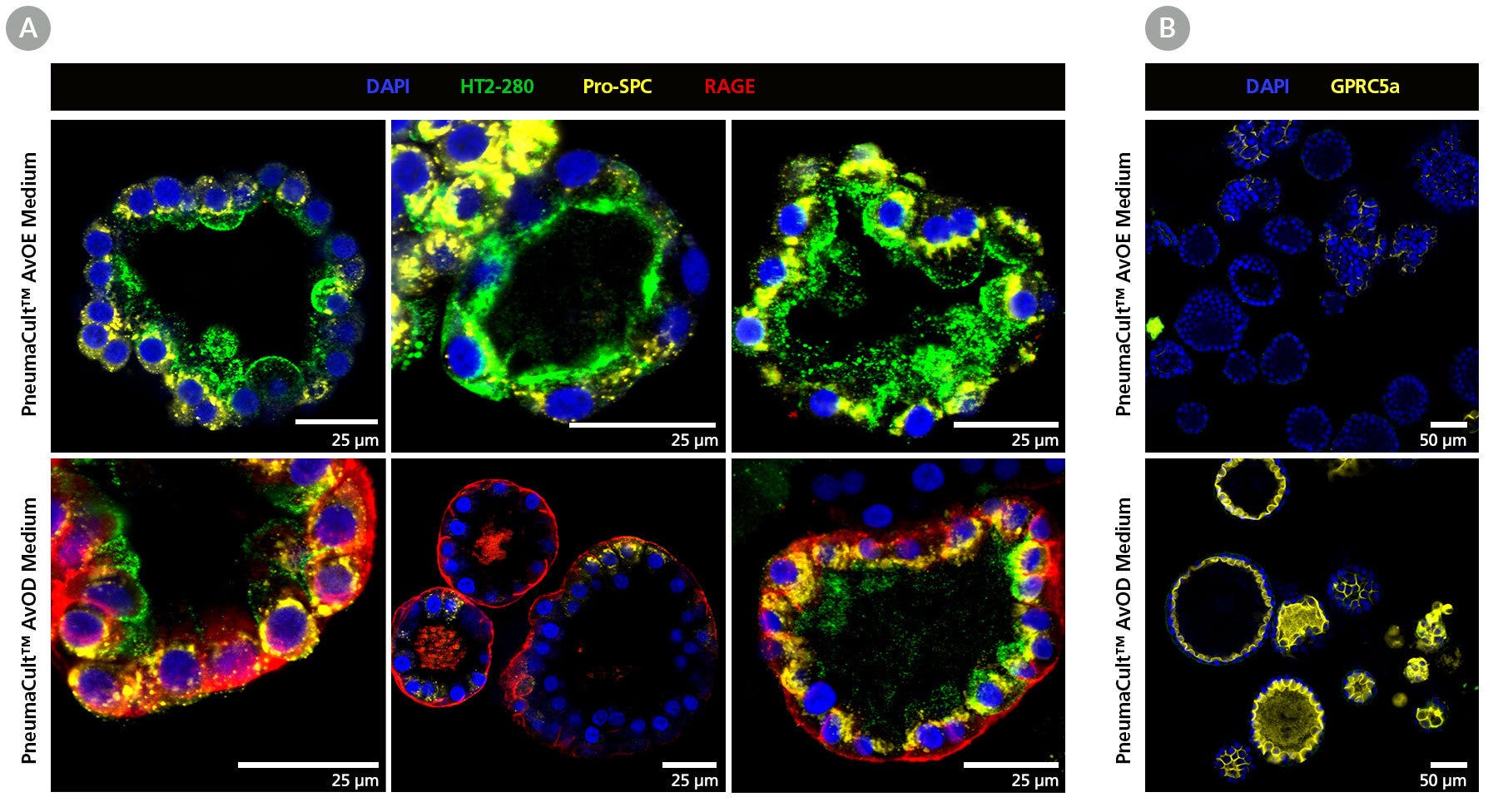
Figure 5. Immunohistochemistry Confirms Expression of ATII and ATI Cell Markers in Alveolar Organoids
(A) Organoids from three donors expanded in PneumaCult™ AvOE Medium (top) express the ATII markers, HT2-280 (green) and pro-surfactant protein C (pro-SPC, yellow). When further differentiated in PneumaCult™ AvOD Medium (bottom), the levels of these ATII markers are down-regulated, while the ATI marker RAGE (red) is up-regulated. (B) Differentiated organoids also express high levels of ATI marker GPRC5a (yellow).
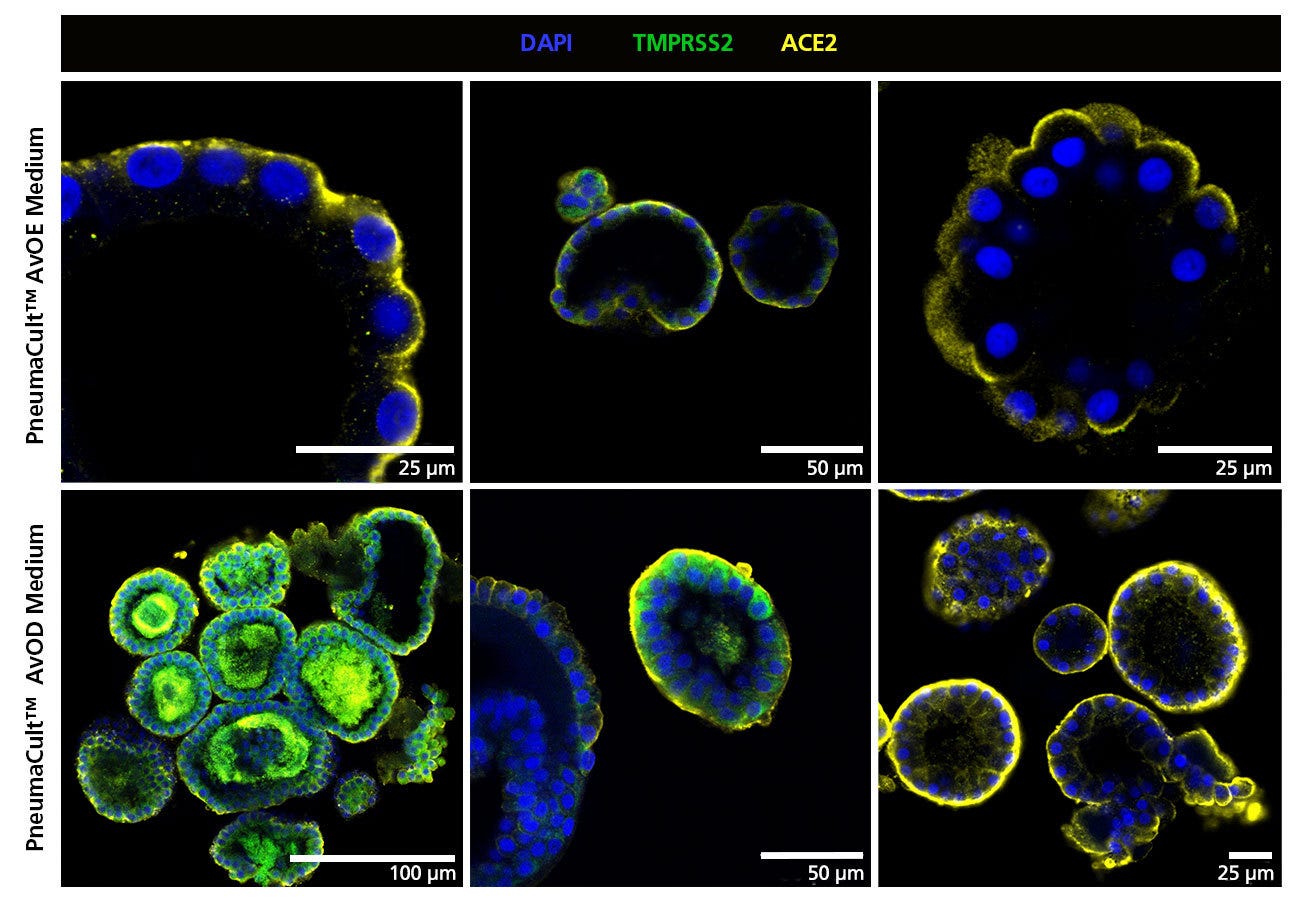
Figure 6. Organoids Cultured in PneumaCult™ Alveolar Organoid Media Express TMPRSS2 and ACE2, Key Markers for SARS-CoV-2 Entry
Organoids from three donors expanded in PneumaCult™ AvOE Medium (top) and differentiated in PneumaCult™ AvOD Medium (bottom) express proteins associated with SARS-CoV-2 entry, TMPRSS2 and ACE2. While ACE2 was expressed in all donors and conditions, TMRPSS2 expression was donor-dependent.
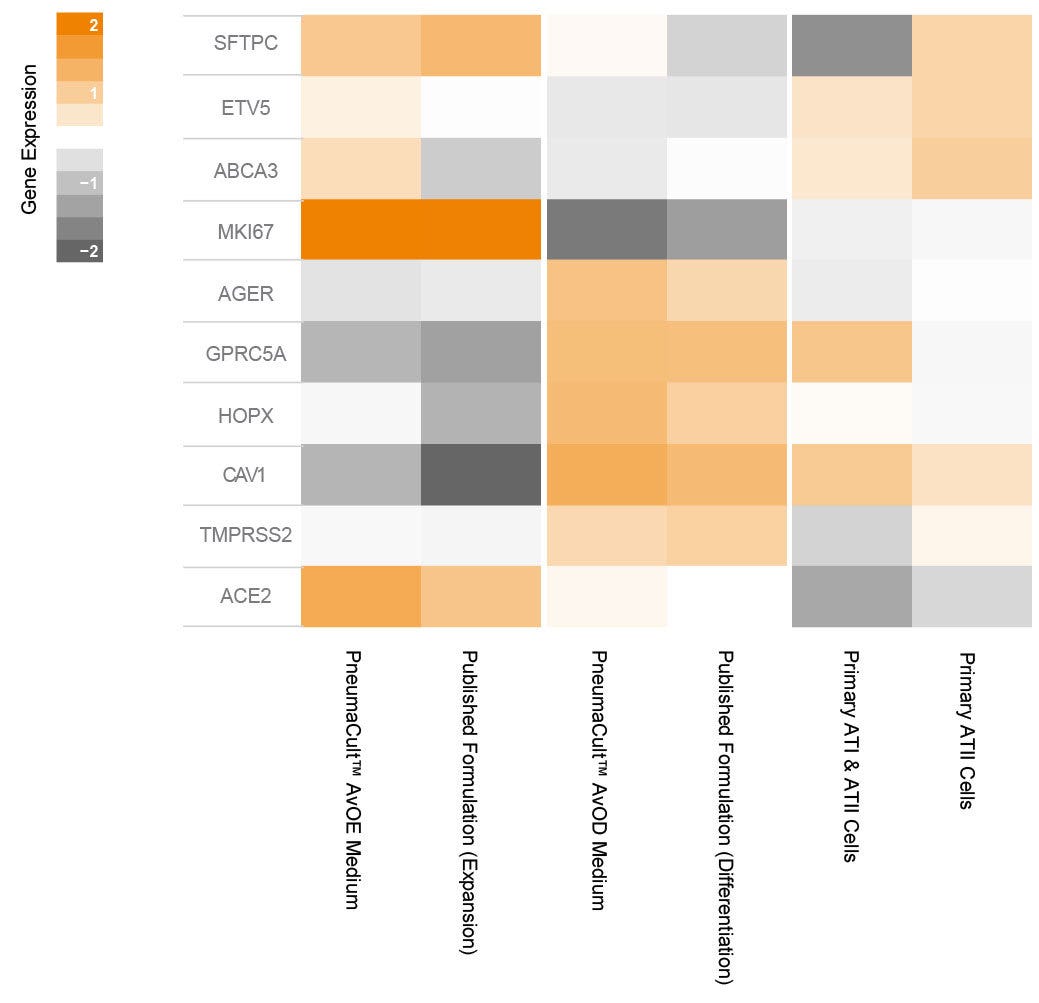
Figure 7. Gene Expression Analysis of Organoids Cultured in PneumaCult™ Alveolar Organoid Media Shows Presence of Alveolar Markers
Normalized gene expression heatmap of organoids expanded in PneumaCult™ AvOE Medium and differentiated in PneumaCult™ AvOD Medium compared to those grown using a published formulation. The presence of canonical ATII and ATI genes as well as SARS-CoV-2 key entry markers, ACE2 and TMPRSS2, are shown. Published RNA-Seq gene expression datasets of primary alveolar epithelial cells (including ATI and ATII cells, from Mikami et al. 2021, GSE186359) and primary ATII cells (Jacob and Kotton, 2017, GSE96642) were used as controls.
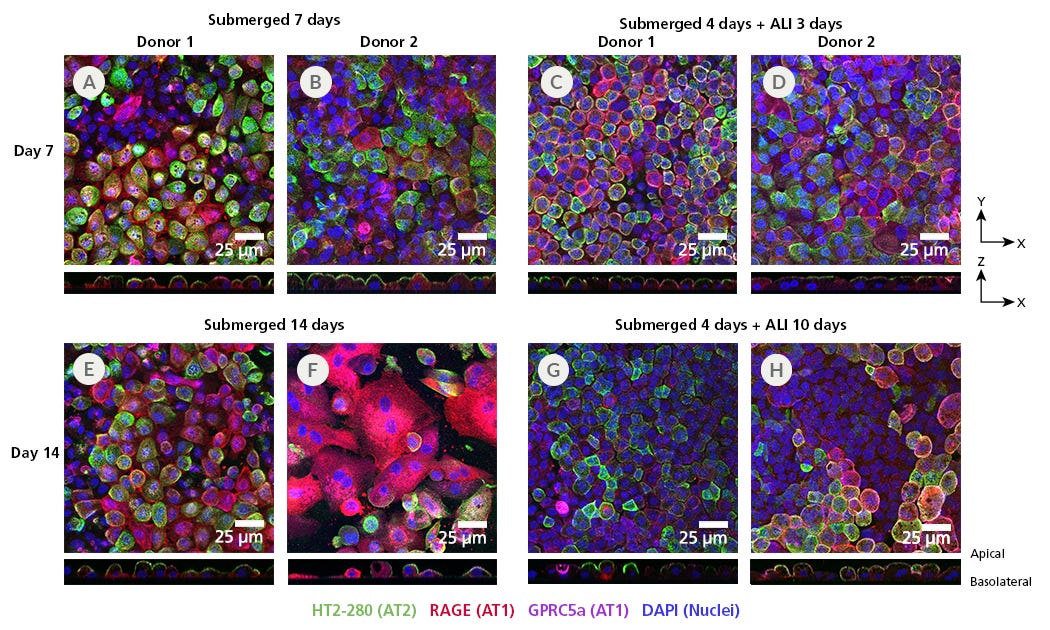
Figure 8. ATII Cells Show Optimal Marker Expression When Cultured for 7 Days As Submerged or ALI Cultures
The generation of alveolar type 2 (ATII) cultures at the air-liquid interface (ALI) on cell culture inserts is a two-stage protocol. In the first stage, ATII cells from two separate donors were seeded in PneumaCult™ Alveolar Organoid Expansion (AvOE) Medium as organoid cultures for 10 days. Single cells were then harvested and seeded into ECM-coated inserts and cultured to Day 7 or Day 14. Cultures were placed at ALI on day 4 and cultured for an additional (C, D) 3 or (G, H) 10 days. Cells were fixed on the membrane in 4% PFA and stained for the ATII-specific marker HT2-280 (green), as well as the ATI-specific markers RAGE (red) and GPRC5a (magenta) and counterstained with DAPI (blue). In both donors, cultures in (A, B) submerged and (C, D) ALI for 7 days express HT2-280 with some RAGE, and little GPRC5a. Additional growth for 7 days in (E, F) submerged cultures resulted in a decrease in HT2-280 and an increase in RAGE, indicating differentiation into ATI cells. (G, H) Growth for an additional 7 days at the ALI resulted in some decrease in HT2-280, but expression was more stable than in submerged culture conditions. This data suggests that the ideal culture conditions for ATII cells on cell culture inserts are for (C, D) 7 days, with 3 days at ALI; however these cultures can still be maintained for up to 14 days (10 days of ALI) with minimal loss of ATII markers. Note scale is the same for XY and ZX figures.

Figure 9. Alveolar Cells Grown on Cell Culture Inserts Maintain Expression of HT2-280 and Increase Expression of HT1-56
ATII cells from three separate donors were seeded from organoid domes onto ECM-coated cell culture inserts and cultured to Day 7. Expression of the ATII marker HT2-280 and the ATI marker HT1-56 was determined as the percentage of viable singlets by flow cytometry. The data demonstrates HT2-280 high positive expression decreases slightly but not significantly, while HT1-56 high positive expression increases significantly (ANOVA with Dunnett’s post hoc test, where ** = p < 0.01; n = 3) when alveolar cells are cultured on cell culture inserts compared to organoid cultures. There were no differences between ALI (3 days) and always submerged cultures in either HT2-280 or HT1-56 expression. Symbols represent different donors across the conditions.
Find supporting information and directions for use in the Product Information Sheet or explore additional protocols below.
This product is designed for use in the following research area(s) as part of the highlighted workflow stage(s). Explore these workflows to learn more about the other products we offer to support each research area.
Thank you for your interest in IntestiCult™ Organoid Growth Medium (Human). Please provide us with your contact information and your local representative will contact you with a customized quote. Where appropriate, they can also assist you with a(n):
Estimated delivery time for your area
Product sample or exclusive offer
In-lab demonstration
| Species | Human |
|---|
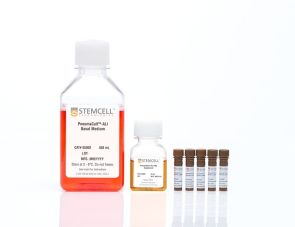
在气液界面培养的人气道上皮细胞的无血清和无bpe培养基
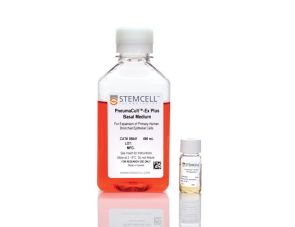
无血清和无bpe培养基用于原代人气道上皮细胞的扩增
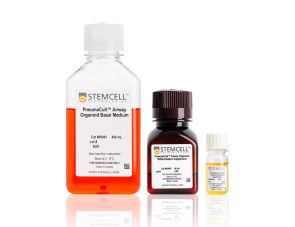
无血清和无bpe培养基用于气道类器官的高效建立和分化
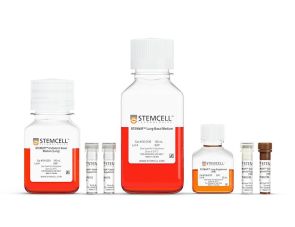
用于从人ES和iPS细胞生成并成熟的分支肺类器官的无血清培养基
扫描二维码或搜索微信号STEMCELLTech,即可关注我们的微信平台,第一时间接收丰富的技术资源和最新的活动信息。
如您有任何问题,欢迎发消息给STEMCELLTech微信公众平台,或与我们通过电话/邮件联系:400 885 9050 INFO.CN@STEMCELL.COM。

